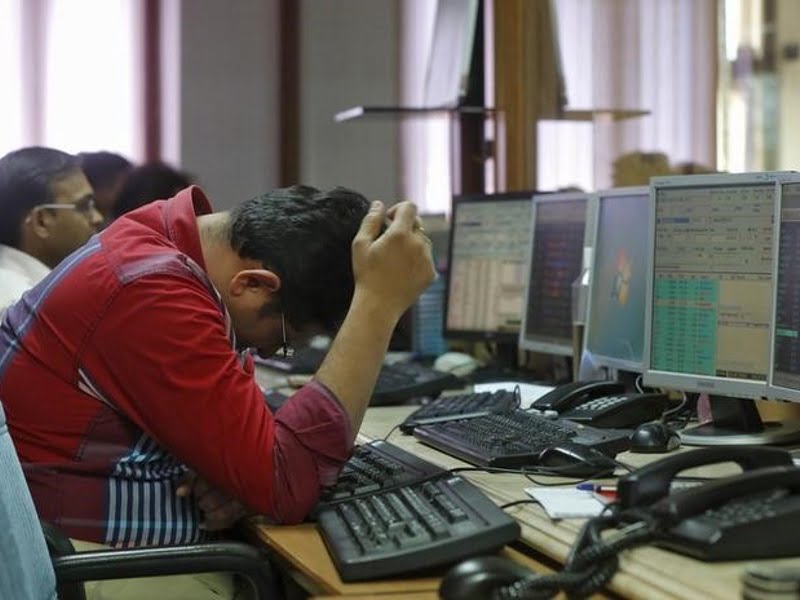
despite the fact that India’s use of the internet is decrease than many poorer international locations, the us of a’s e-commerce area tripled – or grew by using 209 percent over the last 5 years – from $four.4 billion (Rs. 20,020 crores) in 2010 to $13.6 billion (Rs. eighty three,096 crores) in 2014.
This facts become contained in a reply given to the Lok Sabha in March 2016.
India’s e-trade market is probably to attain $38 billion (Rs. 252,seven-hundred crores) in 2016, according to an associated Chambers of trade & industry of India (Assocham) record launched in January 2016.
the net retail quarter in India is predicted to be a $1 trillion (Rs. 6,60,000 crores) marketplace via 2020, consistent with a recent document by the Confederation of Indian industry (CII) and Deloitte, a consultancy. The have a look at shows that extra e-commerce will cause massive innovations in India.
the products and services Tax, as soon as implemented, is expected to boost the growth of e-trade via simplifying taxation and logistics, said the CII-Deloitte record.
internet penetration across the u . s . a . is rising with as many as 354 million customers pronounced as of September 2015. online customers in India have multiplied from 20 million in 2013 to 39 million in 2015, an boom of 95 percentage over three years.
India’s e-commerce market rises regardless of low internet use
but India’s internet penetration – the share of Indians who use the internet – is low, 19 percentage in 2014, as IndiaSpend pronounced earlier. examine this with Australia (90 percentage), america (87 percentage), Japan (86 percent), Brazil (fifty three percent) and China (forty six percentage).
In 2014, only 18 of a hundred Indians used the internet, against forty nine.three for China and forty eight.3 for Vietnam. Even poorer international locations, which includes Ghana, had more internet penetration – 18.nine users in step with a hundred human beings, in line with a Mint document. in addition, cell subscriptions in India have been 74 in line with 100 people in 2014, decrease than Bangladesh (eighty), China (92), Indonesia (129) and Vietnam (147).
cellular internet spend has increased from fifty four percentage to 64 percentage from 2014 to 2015, attributed to high-velocity 3G and 4G net connectivity at a number of the world’s lowest charges, fuelling e-trade boom.
in spite of the upward push in broadband and cell net customers, speed stays a prime constraint. The average broadband pace in India is two mega bits in keeping with 2nd (Mbps), ranking one hundred fifteen globally, IndiaSpend has pronounced. in addition, the common cell net pace is 1.7Mbps, ranking beneath Thailand, China, Hong Kong and Singapore.
In March this year, the government allowed a hundred percent foreign direct funding in on line retail marketplaces-digital platforms that connect customers and sellers.
India’s e-trade giants struggle a survival of the fittest
As opposition grows, and international competitors step in, home on line outlets will warfare, professionals predict.
US store Amazon have become the second one-biggest on-line market with the aid of shipments in India closing month, after domestic rival Flipkart, pushing former wide variety , Snapdeal, to 1/3 region.
Flipkart’s growth has definitely stalled since the center of ultimate year and the leadership team hasn’t discovered a manner to kick-start income, consistent with India price Fund Advisors associate Haresh Chawla.
“Its gross products quantity (GMV) – sales or revenue in on line retailing – bought over a given period of time has now not grown extensively, which had grown with the aid of over 200 percent consistent with annum for the past three years,” Chawla added.
similarly inside the taxi commercial enterprise, multinational Uber is in race with India’s Ola, the modern home-market chief. final month, Uber claimed it might overtake Ola by using marketplace percentage within 30 days.
Jabong – a web style portal – pronounced a drop in sales and cut losses in 2015 and is now struggling to discover a consumer.
“consumer net startups find it difficult to navigate slowdowns,” said Chawla. “traditional groups commonly get over those cycles. but generation-led businesses truly cross bust. they’ve little or no consumer loyalty first of all. maximum bribe customers to develop swiftly and cutback (on income), inflicting them to implode.”










